Condensed matter physics
11 December 2018
New Invention: Obtaining conductive films
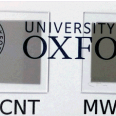
Carbon nanotubes (CNTs) have attracted a lot of attention for their potential use in electronic and energy-related devices. In particular, conductive carbon nanotube (CNT) films are expected to be applied in anti-static materials, electromagnetic interference (EMI) shielding materials and other opto-electronic devices like solar cells. Poor solubility of CNTs in organic and aqueous solvents has, so far, been overcome with non-covalent wrapping with conjugated polymers, but at a high cost.
27 November 2018
Professor Séamus Davis to join Quantum Materials Group

We are delighted to announce that Professor Séamus Davis will join the Department of Physics from from 1st January 2019 as a member of the Quantum Materials Group. Professor Davis, currently the James Gilbert White Distinguished Professor in the Physical Sciences at Cornell University, is one of the pioneers of low-temperature Scanning Tunnelling Microscopy and Spectroscopy (STM/STS).
14 November 2018
Congratulations Prof. Michael Johnston
Congratulations to Prof. Michael Johnston who will be awarded the Harrie Massey Medal and Prize in December.
This is a silver medal from the Institute of Physics which is awarded in conjunction with the Australian Institute of Physics (http://www.iop.org/about/awards/bilateral/massey/page_38485.html).
9 November 2018
One Atom A Time
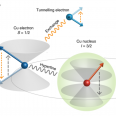
Single atoms have been manipulated using a novel pairing of techniques, allowing researchers to measure their individual nuclear spins as never before. In two recent papers featuring Professor Arzhang Ardavan of Oxford Physics, Electron Spin Resonance (ESR) is combined with Scanning Tunnelling Microscopy (STM) to explore the behaviour of the nuclear spins of single atoms.
2 November 2018
Institute of Physics Award for Spin-out

Oxford Nanoimaging Ltd, a spin-out from Oxford Physics was amongst the winners at the Institute of Physics Business Awards 2018, for the development of the world’s first desktop-sized super-resolution microscope.
From the Lab into your Life - IF Oxford

Physics: From the Lab into your Life
- an event as part of IF Oxford, the Oxfordshire Science and Ideas Festival
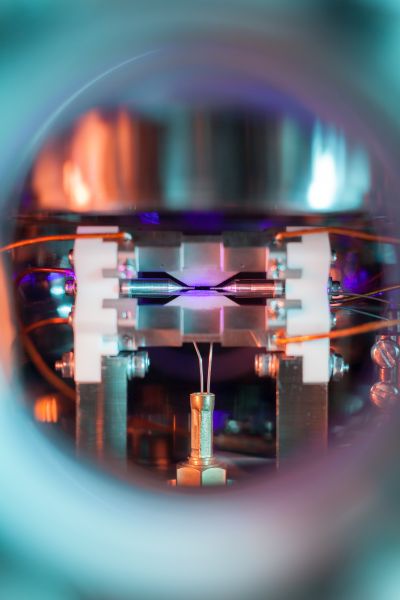
19 September 2018
New £50m physics building opened by Sir Tim Berners-Lee
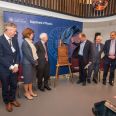
The University of Oxford has marked the opening of the Beecroft Building, a new 8,950sqm building for experimental and theoretical physics.
World wide web pioneer Sir Tim Berners-Lee and donor Adrian Beecroft joined the Chancellor, Lord Patten of Barnes, and the Vice-Chancellor, Professor Louise Richardson, to officially open the new state-of-the-art facility located in Oxford University’s science area in Parks Road.
3 September 2018
Record-breaking critical current densities in a stoichiometric superconductor
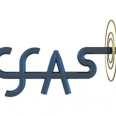
Researchers from Oxford’s Centre for Applied Superconductivity (CfAS) in Oxford Physics have uncovered the impressive properties of a novel superconductor, marking it out as the best of its kind with huge technological potential.
20 July 2018
New Invention: Sensor for safer wireless power

Nuclear quadrupole resonance sensor for safer wireless power
Wireless power transfer (WPT) is likely to be widely adopted throughout the automotive industry as it represents the most simple and effective charging solution for electric vehicles. A strong magnetic field, generated by a car and the ground can present certain safety risks, should a person or animal enter the field.
18 June 2018
Whirlwinds in rust: antiferromagnetic vortices spotted for the first time
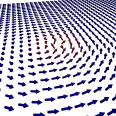
Vortices are beautiful structures that are encountered in nature at all length-scales, from the nanometer to the billions of light years. In a paper appearing today in Nature Materials, the Oxide electronics group at the University of Oxford and their collaborators at University of Wisconsin-Madison (USA) and the Diamond Light Source (UK) describe how they used a synchrotron-based microscopy technique to image an unprecedented form of magnetic vortices in thin films of hematite (α-Fe2O3, a form of ordinary rust).


